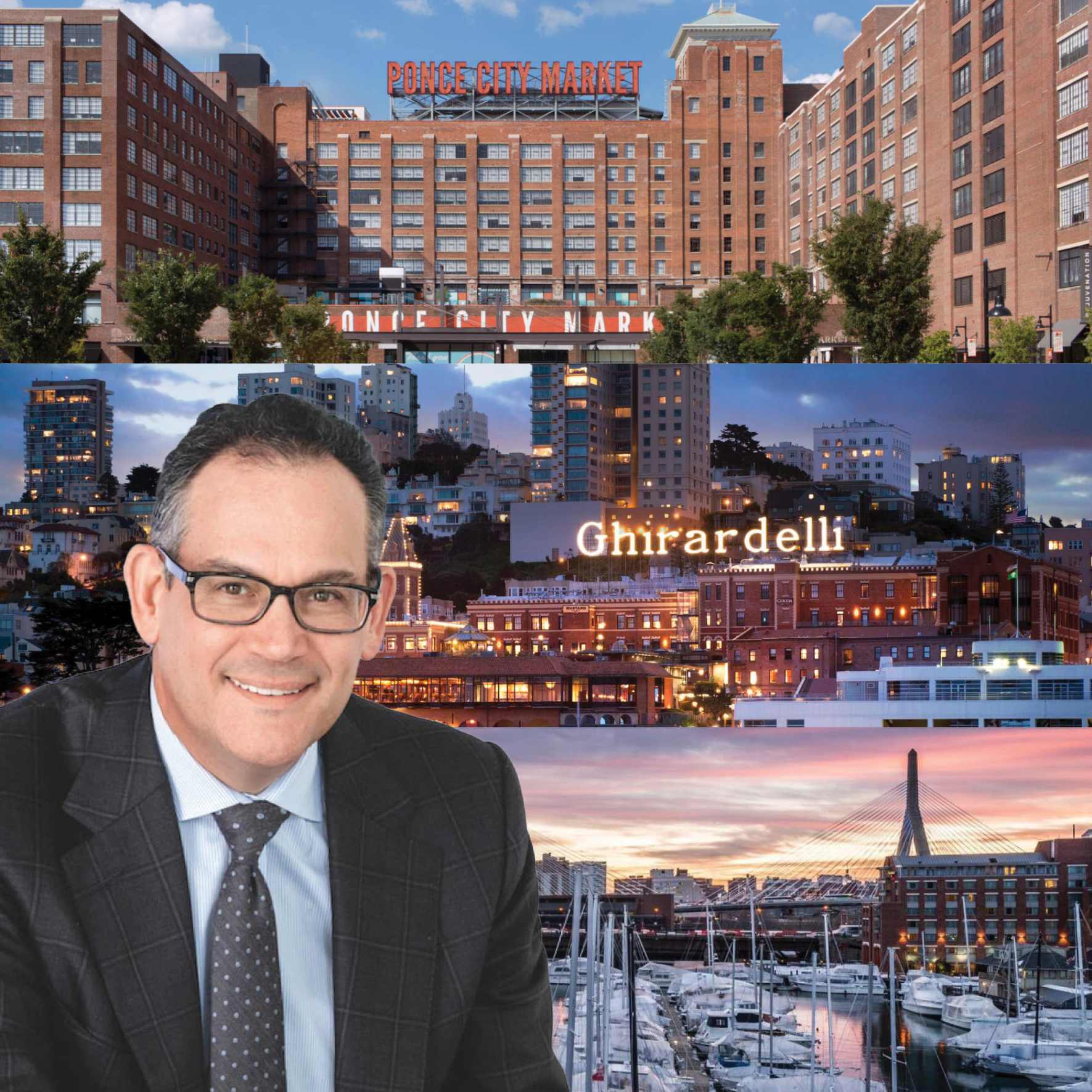In June of last year I wrote a somewhat scathing article about SPG and ABG’s, (Authentic Brands Group), formation of “SPARC,” (Simon Property, ABG Retail Concepts). ABG, SPARC and JCP Fading Into The Sunset. Long story, short, I said, here is what failure looks like: “Acquire a bunch of once-cool brands on the cheap, license third parties to run them, further license them out to a mall developer, (this is ABG’s model), who then, (along with their Simon Property Group partner), shovels them into hundreds of dying JC Penney stores, (owned by Simon Property Group), that happen to be in dying malls, (also SPG’s)”
Ironically, department stores used to be the anchors in malls. Today, many department stores have come to believe the malls they have been anchoring for years are in fact anchors around their necks preventing growth.
The only objective and strategy I could imagine, was really a short- term tactic. By sticking a bunch of stale brands into Simon’s stale malls, including JC Penney, all of them might live another day or two. I exaggerated to clarify my point. One (loser), plus another, plus another, equals zero.
Not So Fast
I may now “eat crow.” Upon closing, Simon’s acquisition of a 50 percent stake in mixed-use developer Jamestown, indicates to me that David Simon, CEO of SPG, does envision a future of reimagined malls, transformed into mixed-use lifestyle centers. While there are some well-performing enclosed SPG malls that will continue, perhaps with some experiential tweaking other select underperforming malls will likely require massive overhauls to convert them into the types of mixed-use properties that Jamestown has developed. Some examples include Ponce City in Atlanta; a redevelopment of a former Sears catalog facility; Ghirardelli Square in San Francisco; and Constitution Wharf in Boston.
So, is this move a sign that David Simon finally realizes that consumers, and particularly among the younger cohorts, are simply no longer interested in wasting time traveling to, browsing through, or even hanging out in cavernous, drab, and uninspired enclosed malls? Maybe so.
However, he commented on an analysts call, “We have refuted ecommerce taking the malls down. We have withstood Covid. Our business is strong, growing — in the enclosed mall business. In the enclosed mall business, it’s strong, yet we have naysayers out there that don’t believe it.”
Mall Stories
“Strong,” of course, is relative. Traffic, occupants’ performance, and percentage of occupancy are three that come to mind. Regardless, I suggest that Simon’s formation of SPARC and subsequent replacing JC Penney and mall vacancies with ABG’s brands, are in fact, short term tactics to find homes for ABG’s relatively stale brands, and for SPG to keep its malls as full as possible, for as long as possible.
And indeed in my article, I stated that this move, on its own, was a tactic that would sputter and collapse. Whoa!!! What I didn’t foresee was SPG’s acquisition of 50 percent of Jamestown.
So, let me now tweak my assessment and give David Simon some serious credit. In hindsight, I believe SPARC was a short-term tactic supporting a modicum of growth while he rolls out a long-term visionary strategy — transforming select malls to compelling 21st Century mixed-use destinations.
Shaping the Future
SPG is the largest retail shopping center property company in the U.S., with around 241 million-square-feet under its management (Brookfield Properties, second in size with about 155 million-square-feet). Does the acquisition of 50 percent of Jamestown signal a new era for all major legacy malls?
Let me rephrase the question to an opinion. The retail industry is right smack in the middle of a transformative era, particularly the legacy regional malls and department stores. Ironically, department stores used to be the anchors in malls. Today, many department stores have come to believe the malls they have been anchoring for years are in fact anchors around their necks to preventing traffic growth. In fact, this traffic slowdown and thus slower growth is so much so that many are breaking their leasing deals, however penalizing, to leave.
Malls in Stasis
In a Retail Dive article, Shlomo Chopp, managing partner at real estate advisory firm Case Property Services said, “I think there’s a place for malls, and I also think there’s a challenge with regards to a lot of these boxes and anchors. You could argue whether Macy’s is a great anchor or not, or J.C. Penney remains an anchor worthwhile to draw people, but at the end of the day it’s a numbers game, right? Your whole gig all along was that you got a lot of people coming to the property. Now, you don’t.”
And Nick Egelanian, president of retail real estate consultancy, SiteWorks said, “So now Simon is partnering with a company that’s one of the most clever and nimble, which will allow them to actually be clever and nimble, because they’re going to be in a different world — some of their malls will act like malls and some of them will act more like mixed centers. They’ll go different ways, at different times, in different formats, but they’ll happen, and this is the kind of expertise they need to do it.”
Phoenix Rising from the Ashes
So, what these guys are saying about the future for SPG/Jamestown also applies to most of the other enclosed regional malls. Rick Caruso, CEO of one of the largest and most admired private real estate developers in the U.S. (The Grove and Americana at Brand, among others) when referring to the thousand-year-old markets, trading and gathering place Souks in Marrakech as well as the historic street and boulevard cultures in Europe, made the point that they’ve endured this long because…well…people love to go there for all the obvious reasons and not just to shop for stuff.” Read more about Caruso’s vision of the future of retail here.
The world is big enough for more than one visionary when it comes to retail real estate development. David Simon gets that he can help orchestrate a better customer experience by redesigning and reassigning the role of traditional retail in legacy spaces. Whether it’s transforming venerable buildings into exciting mixed-use spaces or creating destination communities out of repurposed malls, he has the imagination and the deep pockets to update our retail landscape in meaningful ways. With his balance of pragmatism for short-term growth and strategic vision to develop long-term spaces and places, he is a powerful voice in the future of retail. Our bets are on him to lift humdrum, mediocre retail out of the ashes to once again rise to a level of relevance as distinctly American marketplaces.




